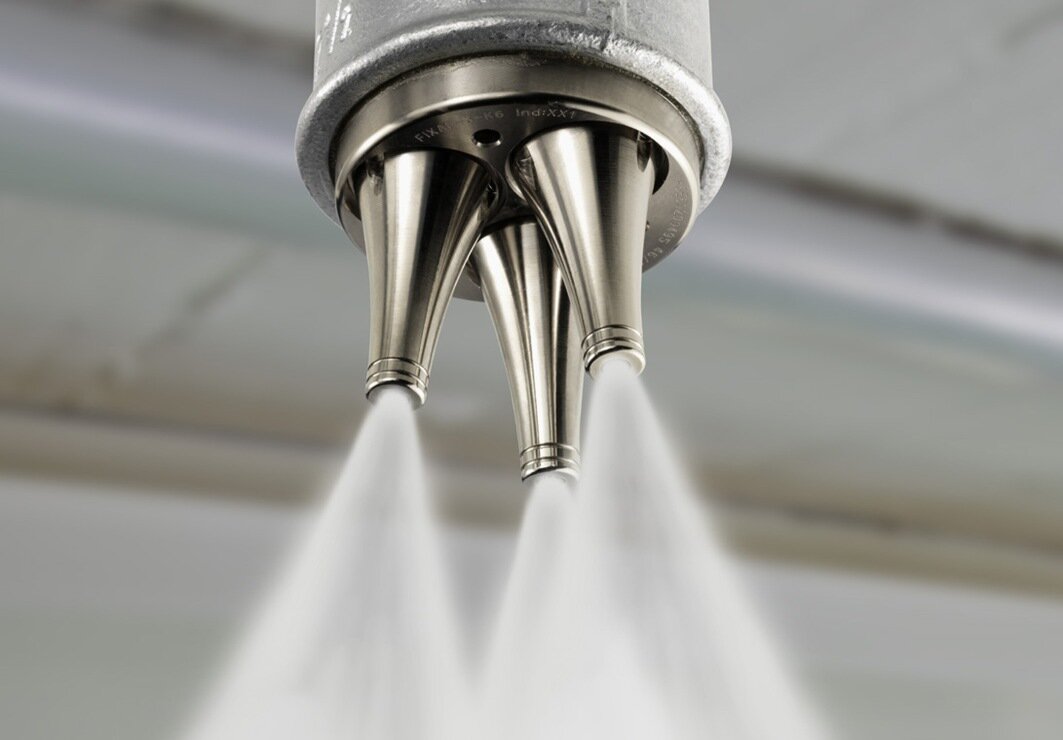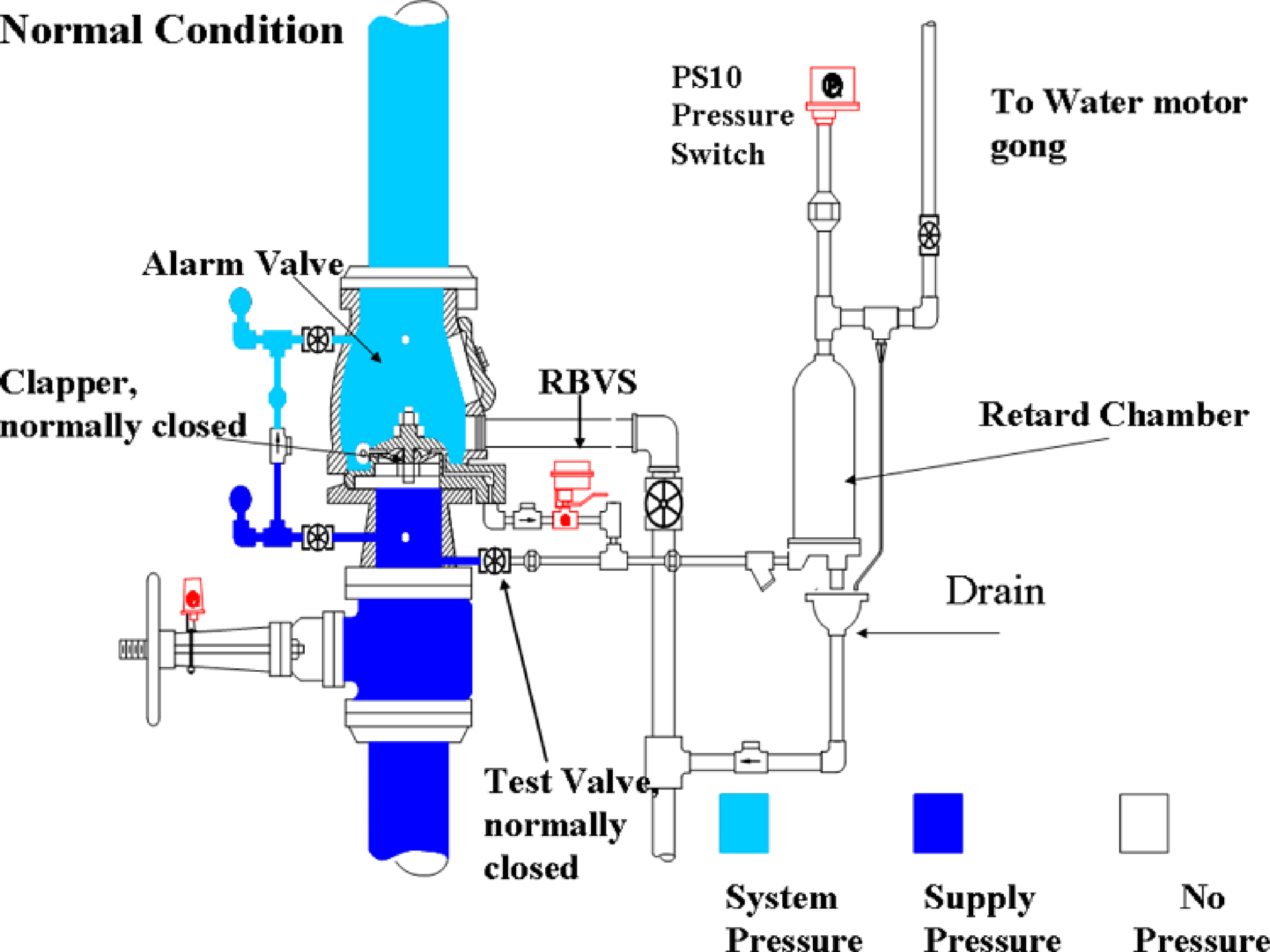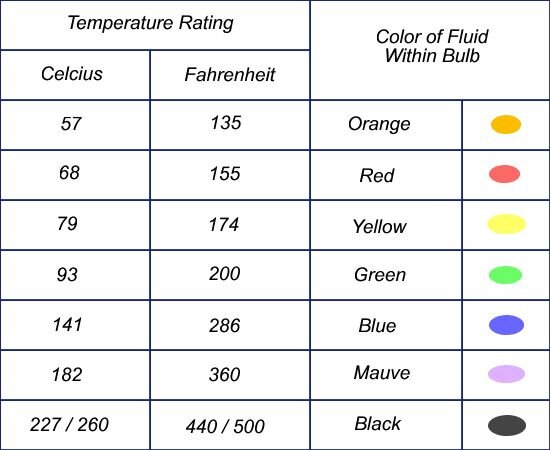Wet Systems
A perfect fire protection solution requires technology and expertise. Extreme Fire Solutions intelligent extinguishing solutions, offer you the latest technologies based on long-term know-how and experience in fire detection and extinguishing systems. The solutions are tailored to your individual needs to maximize business continuity. Fires are detected early and extinguished quickly and reliably.
A hydrant is a valve connected to the water main which allows fire services and authorised users’ access to the main water supply. In NSW Hydrants are located just a couple of feet underground on either a road or pathway and have a cover known as a surface fitting.
Extreme Fire Solutions high-quality solutions protect people, environment, processes, and assets.
Pre-Action
Pre-Action Sprinkler system
Fire suppression systems fall into three fundamental categories: wet pipe, dry pipe, and deluge. Pre-action fire sprinklers fall right in between all of these.
Pre-action pipes start out as dry pipes; they hold water back using an electronic “pre-action" valve. This system requires two events to happen before any sprinklers discharge:
1. The pre-action valve will only activate when an independent fire detection system detects a fire. Upon alert, the pre-action valve releases, water flows in, and the system essentially becomes a wet pipe system.
2. Now that water is on deck, one or more individual sprinkler heads need to release to engage and discharge water.
Pre-action systems offer several advantages. It’s not uncommon for sprinkler heads to be falsely triggered. Accidental activation often results in costly, irreversible property and water damage. The two-event discharge requirement adds an elevated level of protection from such inadvertent discharges. The use of pressurized air or nitrogen in the piping system allows for the easy detection of leaks.
Deluge Sprinkler System
Deluge Sprinkler Systems
Water spray deluge systems are typically used in hazardous environments where fires may spread very quickly or where valuable equipment surrounding the fire needs to be cooled.
These systems are designed for use in a variety of special hazard applications. Many types of nozzles may be required to provide a properly designed special hazard fire protection system.
When it comes to managing the complexities and dangers of industrial facilities, no other company has our depth of experience, knowledge, skills or technology. Water spray deluge systems have been an effective defence against fire. Extreme Fire Solutions takes this simple idea to a new level. At the heart of our systems are specialised spray nozzles, positioned at the correct location, to quickly bring fire under control and stop it spreading.
Turning a set of nozzles into an effective fire system
Designing a modern spray system requires skill, experience and an eye for detail – it is much more than connecting a few nozzles. A number of variables need to be considered: the location of piping, the distance of the sprayer from its objective, the available water pressure, the effects of wind/draft, ambient temperature, concentration of chemicals, gas/chemical velocity and the corrosiveness of the environment. Water spray deluge systems must only be designed by experienced professionals who thoroughly understand the capabilities as well as the limitations of the equipment.
Complete fire protection service
Water Mist Fire Systems
Small droplets deliver big fire protection
Water Mist is a versatile and highly efficient fire-fighting medium. What differentiates Water Mist from traditional water based systems is its reduced droplet size. When a droplet of water vaporises, it expands by some 1,600 times. Because heat absorption is a function of surface area and not volume, smaller droplets mean more surface area and therefore faster heat absorption.
Water Mist has the unique ability to deliver water as a fine atomised mist. This mist is quickly converted to steam that smothers the fire and prevents further oxygen from reaching it. At the same time, the evaporation creates a significant cooling effect of combustion gases and blocks the transfer of radiant heat. In this way, Water Mist combines the fire suppression properties of both conventional water-based deluge or sprinkler systems and gaseous fire suppression systems.
Bush Fire
Bush Fire Drenches
A bush fire Sprinkler Drenches is a fire control system that protects window openings. It is installed horizontally at the same level of the top of the windows. Its water head releases water or foam spray and cools down the window when activated.
While sprinklers are installed and designed to protect the inside of a building, Bush fire Sprinkler drenches are made to protect the outside of a building from any damage caused from a on coming fire from a neighbouring bush lands.
A bush fire drenches system is composed of a water source, a pump unit, distribution piping, control fittings, and the water head that resembles that of a sprinkler.
Most bush fire drenches are unsealed which means that it should be turned on through a main valve manually since they are not connected to an automated system. .
Wet Pipe Systems
Wet Pipe Sprinkler Systems
Automatic fire sprinkler systems (also known as a wet pipe systems are widely regarded as the most effective method of controlling fires caused by a broad range of hazards.
With a century of proven experience, Extreme Fire Solutions offers end-to-end sprinkler systems to protect your people, business and assets.
Sprinkler systems can automatically detect a fire, transmit an alarm and control the fire. This can be the difference between a minor accident and a major business shutdown.
Led by professional project managers, Extreme Fire Solutions engineers design, install and commission reliable, cost-effective sprinkler systems by carefully analysing your buildings and facilities in terms of occupancy, operation and fire risk.
Dry Pipe Sprinkler Systems
Dry Pipe Sprinkler System
A dry pipe sprinkler system is one in which pipes are filled with pressurized air or nitrogen, rather than water. This air holds a remote valve, known as a dry pipe valve, in a closed position. Located in a heated space, the dry-pipe valve prevents water from entering the pipe until a fire causes one or more sprinklers to operate. Once this happens, the air escapes and the dry pipe valve releases. Water then enters the pipe, flowing through open sprinklers onto the fire.
Advantages of using dry pipe fire sprinkler systems include:
Dry pipe sprinkler systems provide automatic protection in spaces where freezing is possible. Typical dry pipe installations include unheated warehouses and attics, outside exposed loading docks and within commercial freezers.
Many people view dry pipe sprinklers as advantageous for protection of collections and other water sensitive areas. This perceived benefit is due to a fear that a
physically damaged wet pipe system will leak while dry pipe systems will not. In these situations, however, dry pipe systems will generally not offer any advantage over wet pipe systems. Should impact damage happen, there will only be a mild discharge delay, i.e. 1 minute, while air in the piping is released before water flow.
Sprinkler Bulb Colours and what they mean
Sprinkler bulb colour are not there for just looks, these colours represent the deg that the sprinkler heads will operate at as follows;
Orange = 57deg Ordinary
Red = 68deg Ordinary
Yellow = 79deg Intermediate
Green = 93deg High
Blue = 141deg Extra High Hazard
Purple = 182deg Ultra High
Black = 227/260deg Ultra High
Also the bulb thickness off 5 mm is Ordinary and the 3 mm is fast response.
Hydrants System
Fire services use the hydrant for a continuous flow of water which is vital to firefighting operations. A fire truck carries only enough water to make an initial fire attack. In the first minutes of a fire emergency a continuous water supply from the water mains must be accessed through at a hydrant.
In every fire emergency, getting a hydrant to work is one of a firefighters’ priorities. Accessing a hydrant without delay ensures that firefighters who are already inside a burning building tasked with search and rescue or attacking the fire can continue for as long as required. Often firefighters find that hydrants are hidden or not maintained and cannot be used at a fire emergency. This is not only frustrating for firefighters but it can lead to serious consequences in delaying operations.
A much greater awareness of the importance of hydrants in the community is needed so people will ensure hydrants near them are useable.
Hydrants may be hidden or unuseable when;
Grass or vegetation has grown over the hydrant cover.
Dirt, earth or rubbish has been piled over a hydrant.
Cars are parked on top of a hydrant.
Gardens have been grown over a hydrant.
Hydrants have been relocated due to building construction.
Markers have worn out or been dislodged Insects have infested a hydrant.
Fire Hose Reels
A fire hose reel is a first attack piece of fire-fighting equipment. It is designed to be used as a quick-response method by any member of the general public for fighting fires in their early stages.
Fire Hose Reels are easy to use, provide a virtually unlimited supply of water, as they are connected to the mains water supply, and should extend for approximately 36 metres.
Fire Hose reels consist of a length of non-kinking tubing. They are permanently connected to a water supply and consist of a main turn on/off valve, a hose guide, and a hose with a nozzle. The control nozzle attached to the end of the hose enables the operator to control the direction and flow of water to the fire.
Do NOT use on electrical fires.









